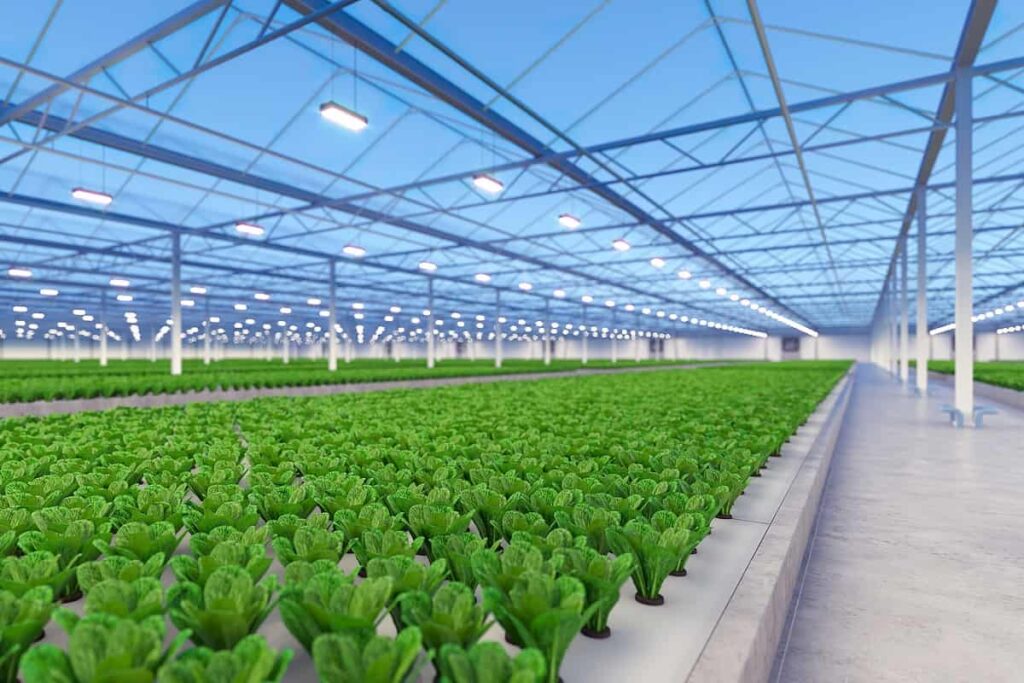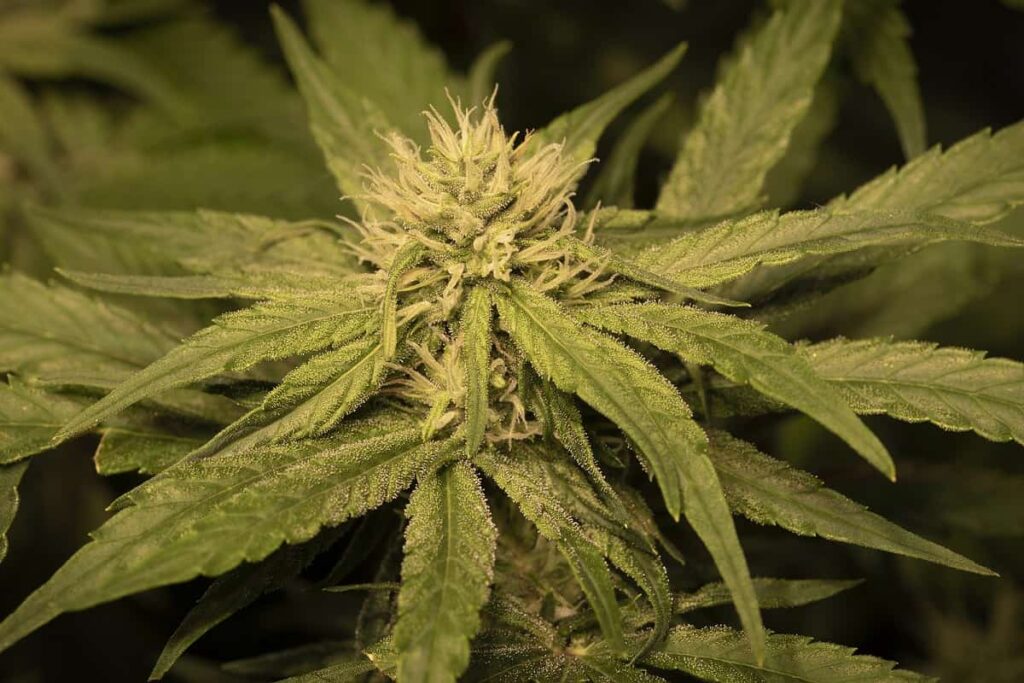Insect Farming Startup Building Robotic Farm for Bugs
Table of contents

Earlier this year we wrote about the sudden lack of interest in funding for vertical farm startups, which are companies led mostly by Silicon Valley gringos bringing microgreens that cost mega greenbacks to urban Millennials. In fact, AgFunder’s 2020 mid-year agtech investment report noted that novel farming startups had raised only $105 million in the first six months this year, compared to more than $700 million at the same time in 2019. The category also includes outfits that grow bugs for food, run high-tech aquaculture operations, or produce alternative proteins to meat and dairy. That’s made this month’s fundraising announcement by Paris-based insect farming startup Ÿnsect that much more buzz-worthy.
Big Bucks for Bugs
Founded in 2011, the French company raised $224 million as part of an extended Series C that dates back to February 2019, when it raised $148 million. It’s math even an MBA can do – $372 million total – though a $139 million chunk this year came through debt financing. Total funding now stands at $425 million, according to the press release from Ÿnsect. Investors in the insect farming startup are mostly European and Asian venture capital firms, banks, and government institutions. However, this round included a couple of U.S.-based VC firms, including a new outfit named Footprint Coalition that was created last year by Ironman himself, actor Robert Downey Jr. The firm says it is a “media and investment group using robotics and nanotechnology to clean up the planet.” Its other investment is a bamboo-paper company called Cloud Paper, which also counts Salesforce CEO Marc Benioff as a Seed investor.

If we keep going, we’ll eventually get to Kevin Bacon, but here’s the point: Ÿnsect is putting down some serious coin on its gamble to commercialize products made from farmed insects, and picking up some outside star power to encourage people to buddy up with bugs. Actually, it may not be such a gamble. Ÿnsect boasted in the same news statement that it already has $105 million in contracts for products in two of its three primary product categories – agriculture and aquaculture, with the third being pet food. Clients include Torres, an international wine company; the self-proclaimed largest manufacturer of farmed fish feed, Skretting; and a heavyweight European gardening supply company called Compo Group.
The Best Pest for the Planet
The real superhero behind Ÿnsect isn’t Sherlock Holmes but the larvae of the Tenebrio Molitor beetle. The mealworm, as it’s commonly called, looks like a skinnier version of the tequila worm and probably goes down as easy.

Considered a pest by the half of the world with a limited culinary imagination, the mealworm is edible by animals of all types, including the two-legged variety, especially in Southeast Asia where eating insects is no big deal.
Aquaculture and Pet Feed
You’re reading this in our Green Technology section, so you know there’s an eco-conscious angle to the business. Let’s start with food: Farmed mealworm Ÿnsect boasts at least 70% protein, meaning these wigglers could be a significant source of protein in a world that will have 10 billion humans around the year 2050. The company is particularly hitting the aquaculture industry, which Ÿnsect claims relies heavily (at least 25%) on fishmeal from wild-caught fish. Depending on your news source, fish stocks are either about to collapse or there’s hope we can manage not to fish the ocean to extinction. Either way, there’s probably a better way of farming fish than turning them into cannibals, such as feeding them this:

The Ÿnsect’s two food products consist of a powder (ŸnMeal) and an oil (ŸnOil), both of which are also used in the company’s pet food business. The startup claims that several scientific studies have demonstrated that using its products in place of traditional animal proteins can improve livestock or pet health, including:
- 34% increase in yield for rainbow trout
- 40% mortality reduction on shrimp, as well as increases to the overall body weight
- 25% mortality reduction for sea bass, as well as improved feed efficiency and weight gain
- reduction in skin disease for dogs, among others
The total addressable market potential in aquaculture alone is huge. Globally, aquaculture supplies more than 50 percent of all seafood produced for human consumption, according to NOAA, which estimated the value of the market at about $160 billion back in 2014. The Food and Agriculture Organization of the United Nations predicts that for aquaculture to maintain its current average annual growth rate of 8% to 10% per year to 2025, nutrient and feed inputs will have to grow at a similar rate. Insects as fish food is looking pretty appetizing based on those numbers alone.
Agriculture
Soil health is also at a crossroads, with scientists predicting that the earth to grow crops will become largely unproductive by mid-century due to aggressive farming techniques, especially from chemical fertilizers and pesticides. Developing natural fertilizers is seen as one way to regenerate soil health. That brings us to ŸnFrass, which Ynsect claims is the first-ever product to obtain certification and marketing approval as a natural insect-based fertilizer. It took about four years for the company’s R&D department to figure out a way of turning mealworm frass or castings – worm poop – into a certified organic fertilizer.
Like its mealworm food products, ŸnFrass appears to possess some scientifically tested advantages:
- 23% increase in yield for grapevines and better soil quality compared to the control without fertilization
- increases in microbial activity of 180% on loamy-clay soil and 250% on luvisol compared to a mineral fertilizer
- marked improvement in blooming for roses and other ornamentals, and better resistance to summer drought compared to an organic fertilizer with equivalent nutrient content
In terms of market potential: Farmers spend somewhere around $20 billion per year on fertilizers in the United States alone, and that’s a market that Ÿnsect expects to tap in the next few years.
The Biggest Robotic Insect Farm
Ÿnsect is betting its bankroll that it can cultivate, process, and turn mealworms into feed and fertilizer at an industrial scale by building the world’s biggest robotic insect farm. Located north of Paris in the city of Amiens, the fully automated farm will produce 100,000 tons of insect products annually once it’s completed in 2022. Ÿnsect claims its technology is underpinned by some 30 patents, representing 40% of the total patent portfolio of the top 10 insect protein companies in the world. The robotic system does it all, from feeding and sorting mealworms to cleaning their habitat. The facility mirrors other types of vertical farms, which helps maximize space and save energy, and relies on an array of sensors to not only help operate and monitor the factory but to develop predictive models to track insect productivity and growth:

The eco aesthetic also rules at the farm itself: The facility uses 98% less land while significantly reducing the carbon and biodiversity footprints of protein production, according to Ÿnsect. In fact, the whole operation is carbon negative, where all the inputs and outputs of production are caught in a closed-loop system, such as using mealworm poop as fertilizer. There are also plans to commercialize chitin, one of the main components of the Molitor exoskeleton, in fields like green chemistry and biomaterials.
Conclusion
It’s hard to imagine any other startup capable of competing against Ÿnsect at scale, though there are dozens of companies creating animal feed and other products from insects. For instance, a French-Tunisian startup called nextProtein has raised about $13.6 million, most of it in a Series A this year, to turn black soldier fly larvae into feed and fertilizer. Seattle-based Beta Hatch also raised a few million dollars this year, to bring total funding to $5.6 million, to commercialize its mealworms-to-meals technology. While money isn’t everything, Ÿnsect should be considered the queen bee of insect farming until proven otherwise.
Sign up to our newsletter to get more of our great research delivered straight to your inbox!
Nanalyze Weekly includes useful insights written by our team of underpaid MBAs, research on new disruptive technology stocks flying under the radar, and summaries of our recent research. Always 100% free.
















Thanks for the research highlights on the edible bugs. What would be very useful is comparison with the major looming competition – fermentation protein. It is described in some detail by Tony Seba and James Arbib in their RethinkX report, Rethinking Food and Agriculture.
thanks so much
Thank you for the note Michael. We had to remove the link (links not allowed) but that report is – at least at first look – absolutely fascinating. Particularly concerned when they say things like “Farmland values will collapse by 40%-80%” because we have always considered farmland as an alternative asset class to be quite compelling.
Not sure about the economics of bug farming vs. fermentation but we’re probably going to take this report and distill it into a much more digestible 1,500 word article so more people can access the information inside.
Thank you for pointing this out as it was off our radar!